12+ Years of Experience
Dr. Trusha Shah has been treating patients with chronic pain over the last 12 years. She has been a certified medical Marijuana physician since NY approved it. She has taken special interest in medical cannabis and the benefits it has to neuropathic somatic and nociceptive pain. She has integrated neuromodulation with medical marijuana to help patients have sustained pain relief. She has been involved with research in micro-dosing and current creating reproducible algorithms to reverse the endocannabinoid deficiency and help diminish pain. She has been safely and effectively helping her patients transition off synthetic prescription opioids
Did you know…
Medical marijuana is a major hot button issue in today’s political realm, but in the medical realm, it’s proven to be quite effective when it comes to treating chronic pain, cancer, and chronic diseases.
This Medical breakthrough can help ease the pain associated with illnesses, without some of the awful side effects common to other pharmaceutical solutions.
Learn More:
Aside from its medical properties the hemp plant also has industrial uses. The hemp plant has been used for millennia around the world to make paper, fabrics, and rope. Its oil has also been used in food and beauty products.
Frequently Asked Questions
Do I need Medical Marijuana?
Your doctor will determine whether you’re a candidate for medical marijuana. However, if you’re one of the many Americans who suffer from chronic pain, medical marijuana may be able to help.
People who suffer from chronic pain, such as neck pain, TMJ, sciatica, and fibromyalgia have all been proven to experience relief when prescribed medical marijuana.
Is Medical Marijuana better than opioids?
What your doctor determines is best for you will depend on you as an individual, however, opioids have proven to be extremely addictive (particularly to people with a history of drug addiction or addictive personalities), and can be toxic.
People who use medical marijuana have reported a better quality of life, reduced opioid usage by 64%, and decreased the side effects of other medications.
How do you take Medical Marijuana?
Medical marijuana can be taken by smoking it, eating it, using an oral spray, or taking a pill. Many of the strains that are used for medical treatment do not produce the same high as recreational marijuana. Instead, they focus solely on numbing the pain receptors in your body so you can enjoy a better quality of life.
What are the side effects of Medical Marijuana?
While medical marijuana has been proven to be an effective treatment for many issues, it still has side effects. These are often short-lived, however, it is not recommended to drive or operate machinery while under the influence.
Side effects can include short-term memory loss, drowsiness, dizziness, dry mouth, euphoria, thirst, anxiety, uneasiness, giddiness, and more.
Medical marijuana affects each person differently, so it’s important that before you take your prescribed dosage you don’t need to drive anywhere or do anything that could cause injury.

